Falling Droplets CFD: A Fluent Tutorial with VOF and Adaptive Mesh
Falling Droplets CFD: A Fluent Tutorial with VOF and Adaptive Mesh
- Upon ordering this product, you will be provided with a geometry file, a mesh file, and an in-depth Training Video that offers a step-by-step training on the simulation process.
- For any more inquiries regarding the product, please do not hesitate to reach out to us at info@CFDLAND.com or through our online support assistant.
€79
Understanding how liquid droplets move and change shape is very important for many real-world applications, like designing better fuel injectors for cars, creating more effective spray cooling systems, and even predicting rainfall. A Falling Droplets CFD simulation is the best tool to study this complex behavior. The main challenge is that we have two fluids, like oil and water, that do not mix. To handle this, engineers use the Volume of Fluid (VOF) method. Another big challenge is that the droplet’s shape is always changing. If we use a very fine mesh everywhere to see the shape clearly, the simulation becomes too slow. A smarter way is to use an Adaptive mesh CFD technique. This method automatically adds more cells only where they are needed, right at the border of the droplet. This report shows a detailed Falling Droplets Fluent simulation of an Oil Droplet CFD model using these advanced techniques.
Simulation Process: Modeling the Droplet VOF CFD with an Adaptive Mesh
The setup for this Droplet VOF CFD analysis was done in 2D to focus on the key physics. The simulation domain is a simple column. At the start of the simulation, oil droplets were “patched” or placed into the top of the column. To track the boundary between the oil and the surrounding fluid, the powerful VOF fluent model was chosen. This is the standard and best method for problems where the interface between two liquids is important.
The cleverest part of this simulation is the use of the Adaptive mesh Fluent feature. As the droplets fall and their shapes change, the mesh automatically refines itself. This means Fluent adds smaller, more detailed cells right around the edges of the droplets, as seen in Figure 1. This gives us a very sharp and accurate picture of the droplet’s shape without needing a super-dense mesh everywhere, which saves a lot of computer time. The simulation was run as transient, which means it calculates the results step-by-step through time, allowing us to watch the droplets fall and deform as if we were watching a movie.
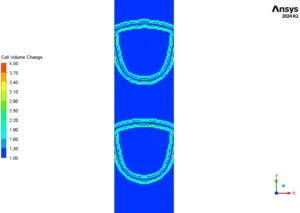
Figure 1: The Adaptive mesh CFD method in action, showing how cells are automatically refined around the moving droplets.
Post-processing: CFD Analysis of Droplet Deformation and Fluid Motion
The simulation results provide a clear and fully substantiated story that begins with the shape of the droplets. The oil volume fraction in Figure 2 shows this perfectly. The droplets start as round circles, but as they fall, two main forces fight each other. Gravity pulls the droplet down, and the surrounding fluid pushes back with a drag force. This drag pressure squashes the bottom of the droplet, making it flat. At the same time, a force called surface tension acts like a skin, trying to pull the droplet back into a perfect sphere. The final shape we see is the result of this battle. The bottom droplet, which has been falling longer and moving faster, is more deformed than the droplets above it. The red color shows pure oil, and the sharp line between red and blue shows that the VOF fluent model is tracking the interface perfectly.
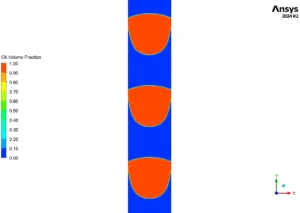
Figure 2: Oil volume fraction from the Droplet VOF CFD simulation, showing the deformation caused by drag and surface tension.
This droplet movement directly affects the fluid around it. The velocity contour in Figure 3 shows what happens to the surrounding fluid. As the droplets push down, the fluid in their path must move out of the way. This creates the highest velocities in the simulation, reaching up to 2.11 m/s just below the falling droplets. To conserve mass in this closed box, the displaced fluid then flows up along the side walls of the column, creating a circular flow pattern. The most significant achievement of this Falling Droplets CFD simulation is the successful combination of the VOF model and the adaptive mesh. The adaptive mesh (seen in Figure 1) intelligently adds detail exactly where the important physics—the droplet deformation and high velocity gradients—are happening. This allows us to capture the complex, changing shape and the resulting fluid motion with incredible accuracy and efficiency.
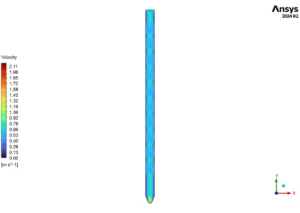
Figure 3: Velocity distribution showing how the fluid moves in response to the Falling Droplets Fluent simulation.
We pride ourselves on presenting unique products at CFDLAND. We stand out for our scientific rigor and validity. Our products are not based on guesswork or theoretical assumptions like many others. Instead, most of our products are validated using experimental or numerical data from valued scientific journals. Even if direct validation isn’t possible, we build our models and assumptions on the latest research, typically using reference articles to approximate reality.
Yes, we’ll be here . If you have trouble loading files, having technical problems, or have any questions about how to use our products, our technical support team is here to help.
You can load geometry and mesh files, as well as case and data files, using any version of ANSYS Fluent.
€155 Original price was: €155.€135Current price is: €135.

€180 Original price was: €180.€155Current price is: €155.

€195 Original price was: €195.€145Current price is: €145.

€175 Original price was: €175.€125Current price is: €125.

€210 Original price was: €210.€155Current price is: €155.


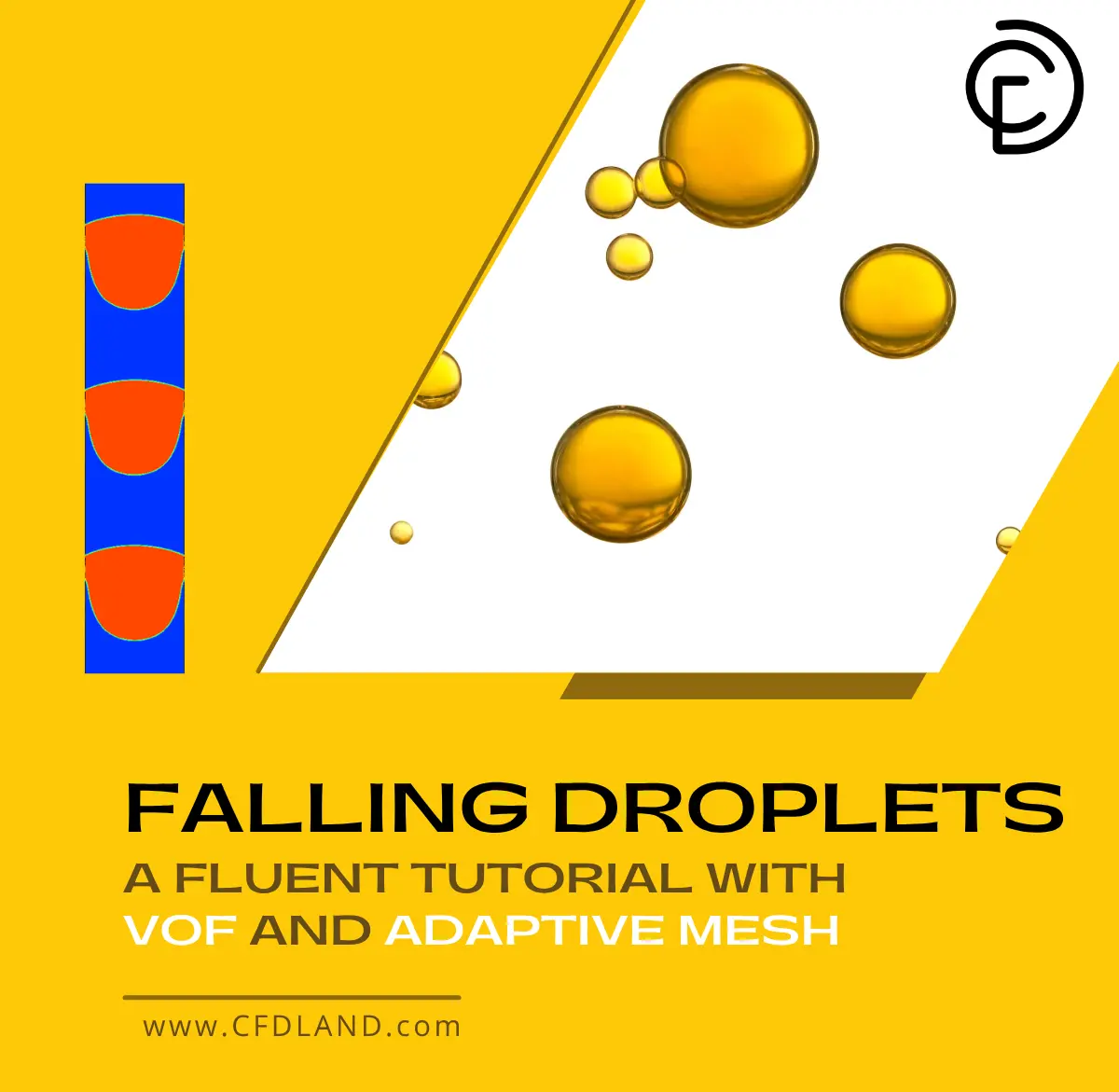
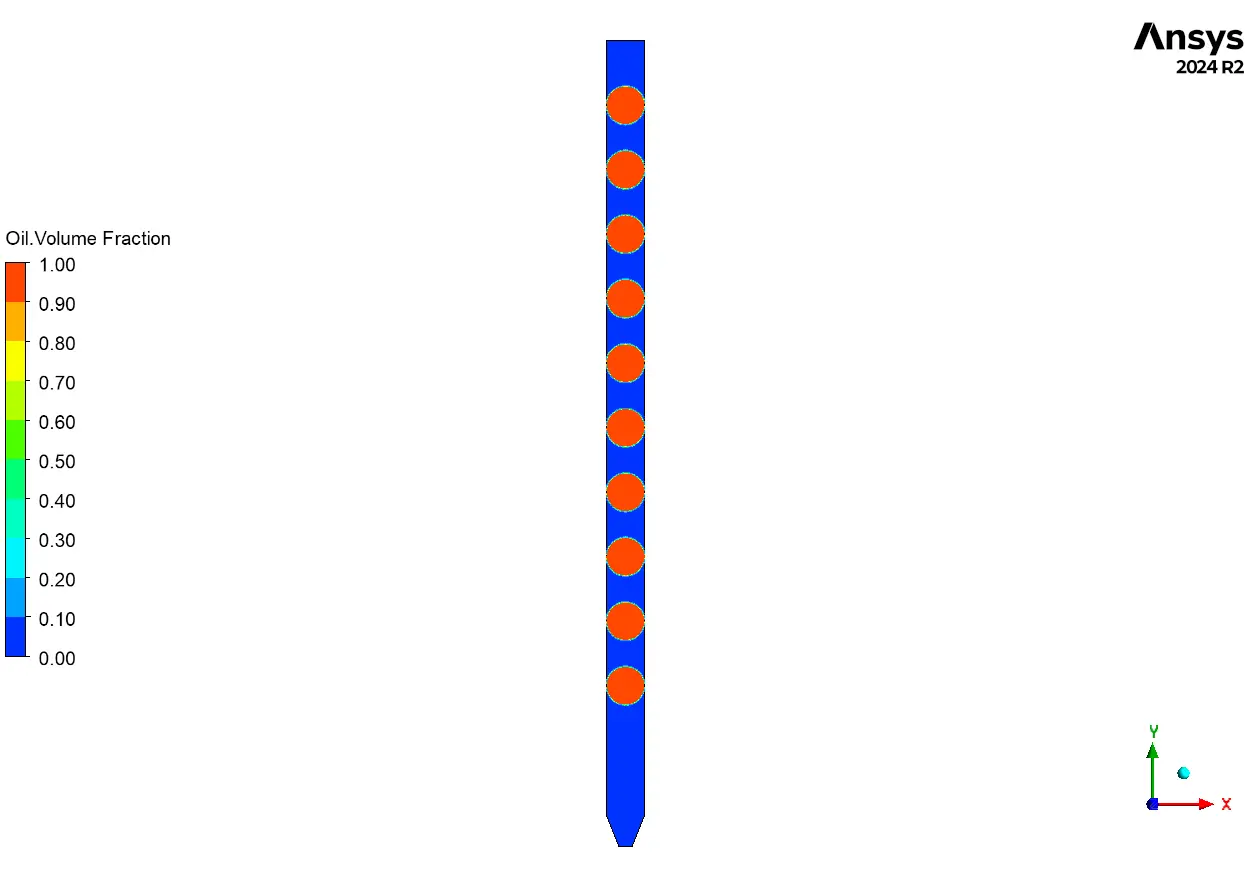
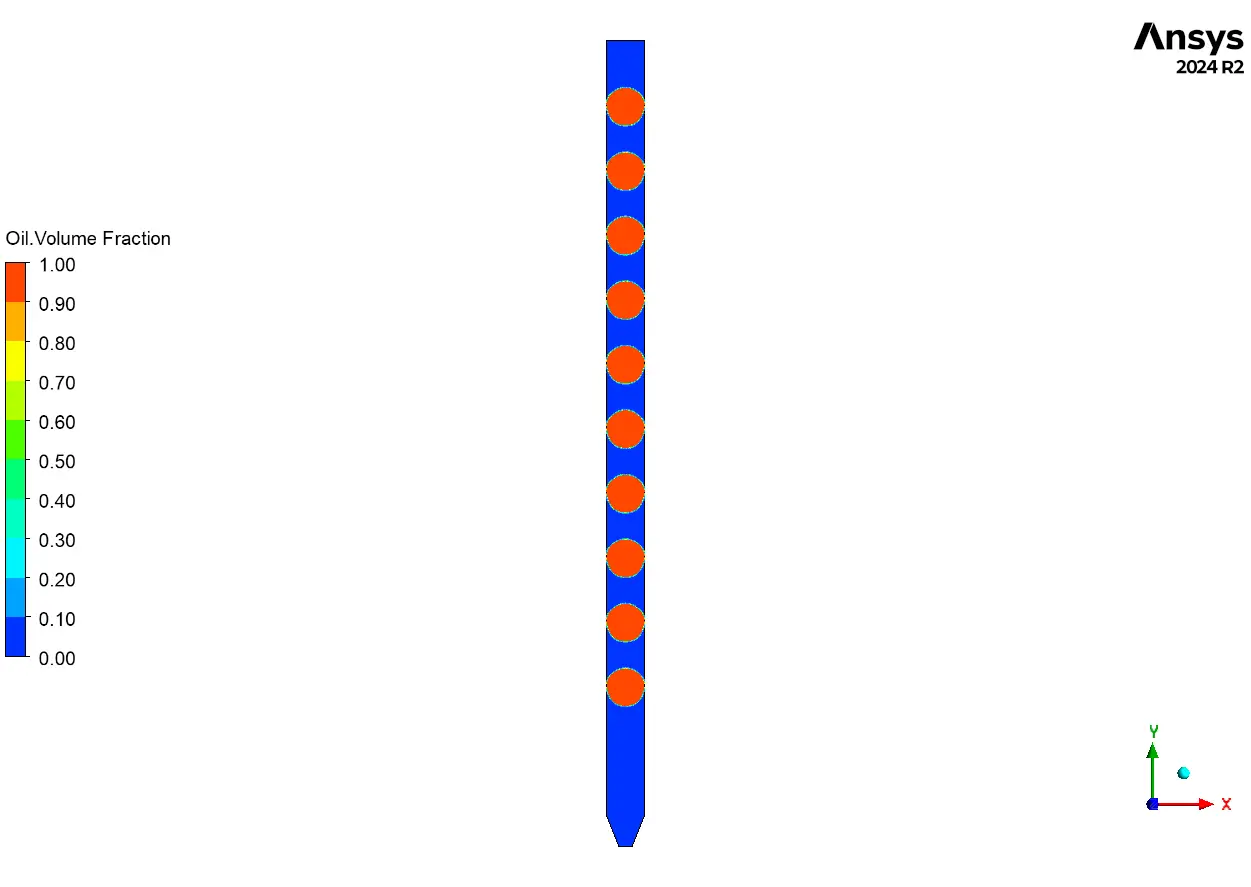
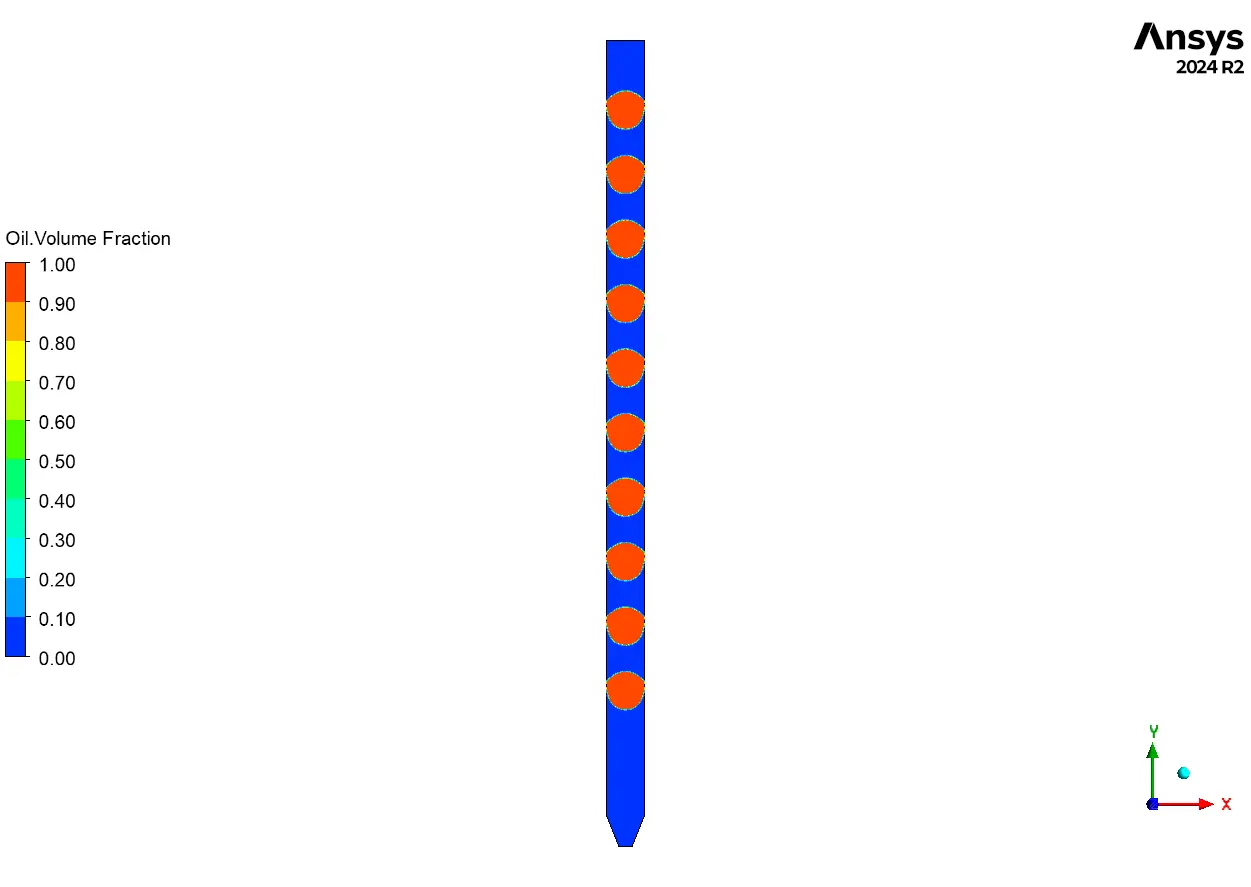
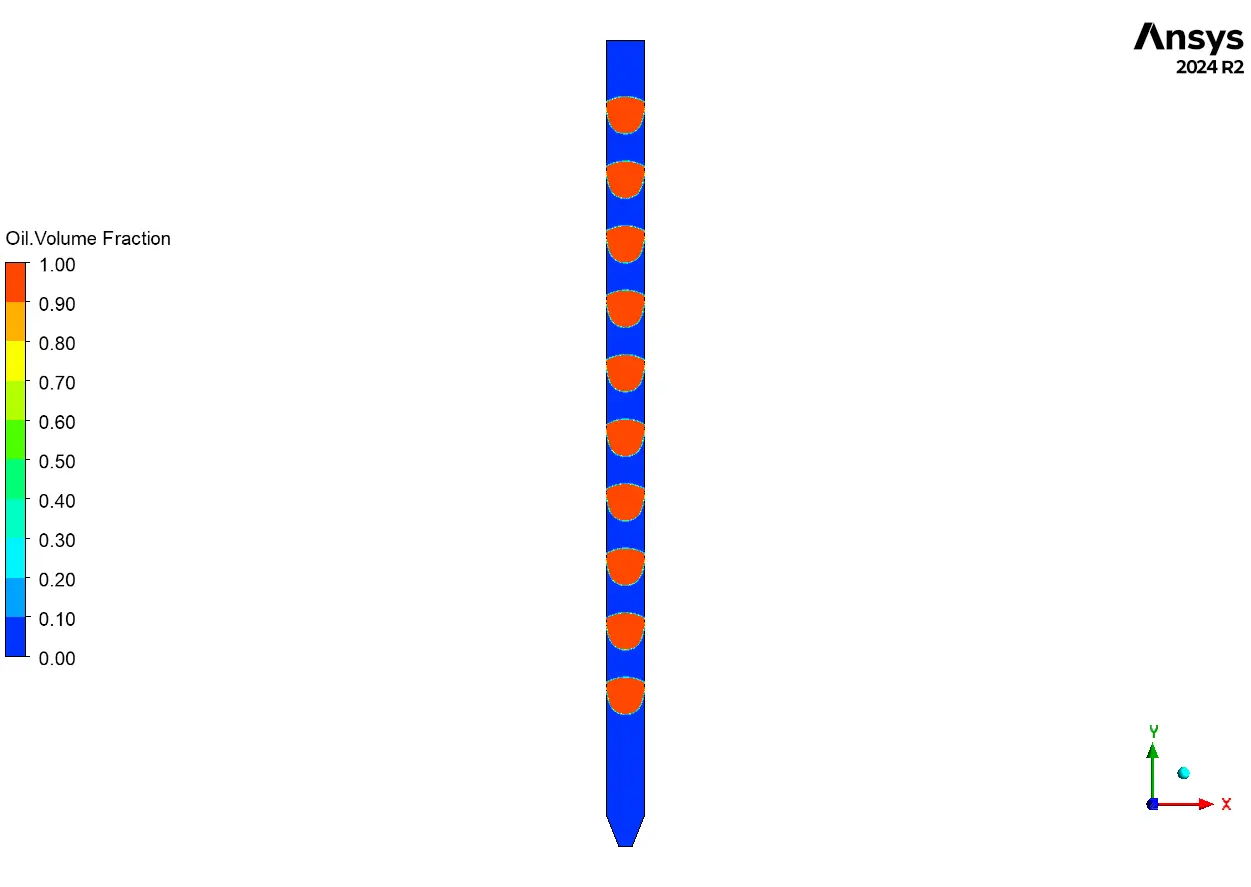
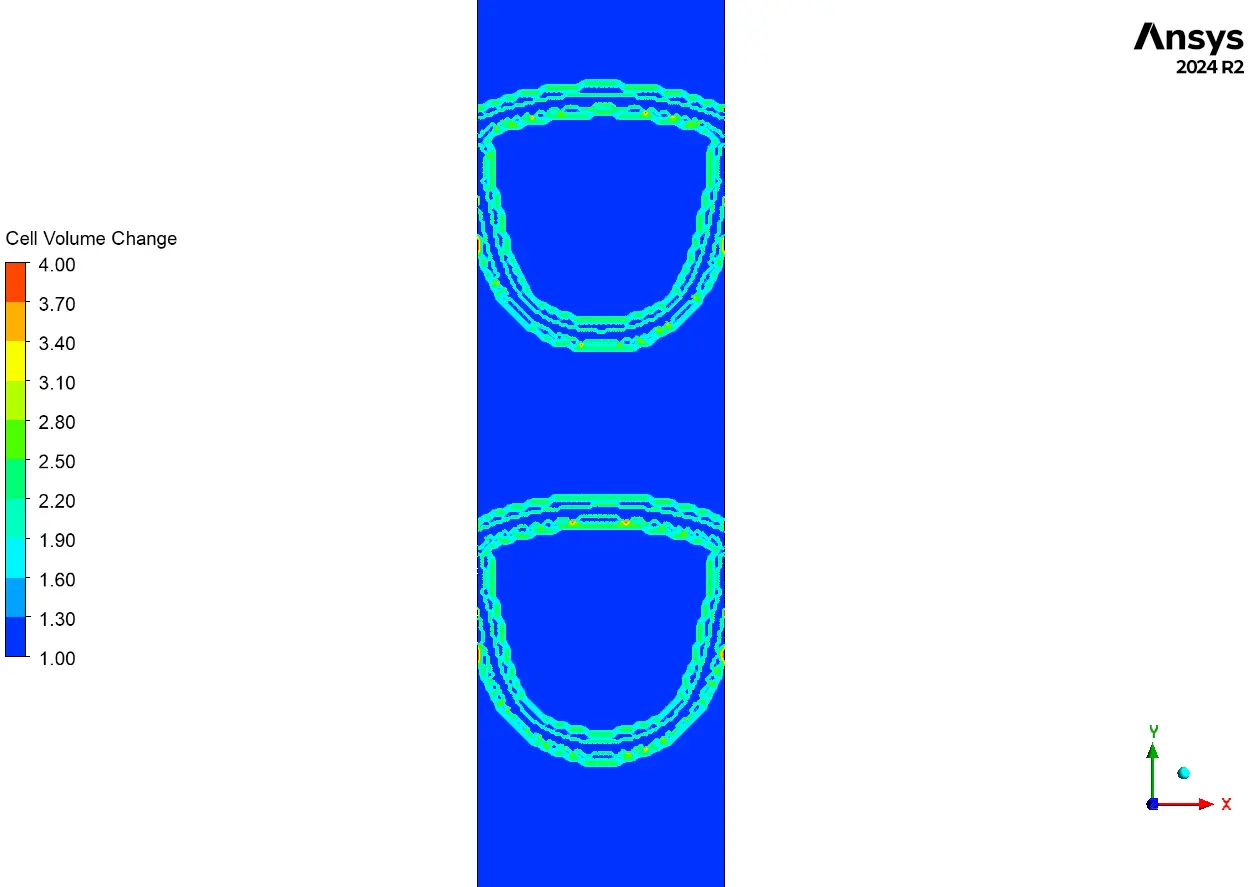
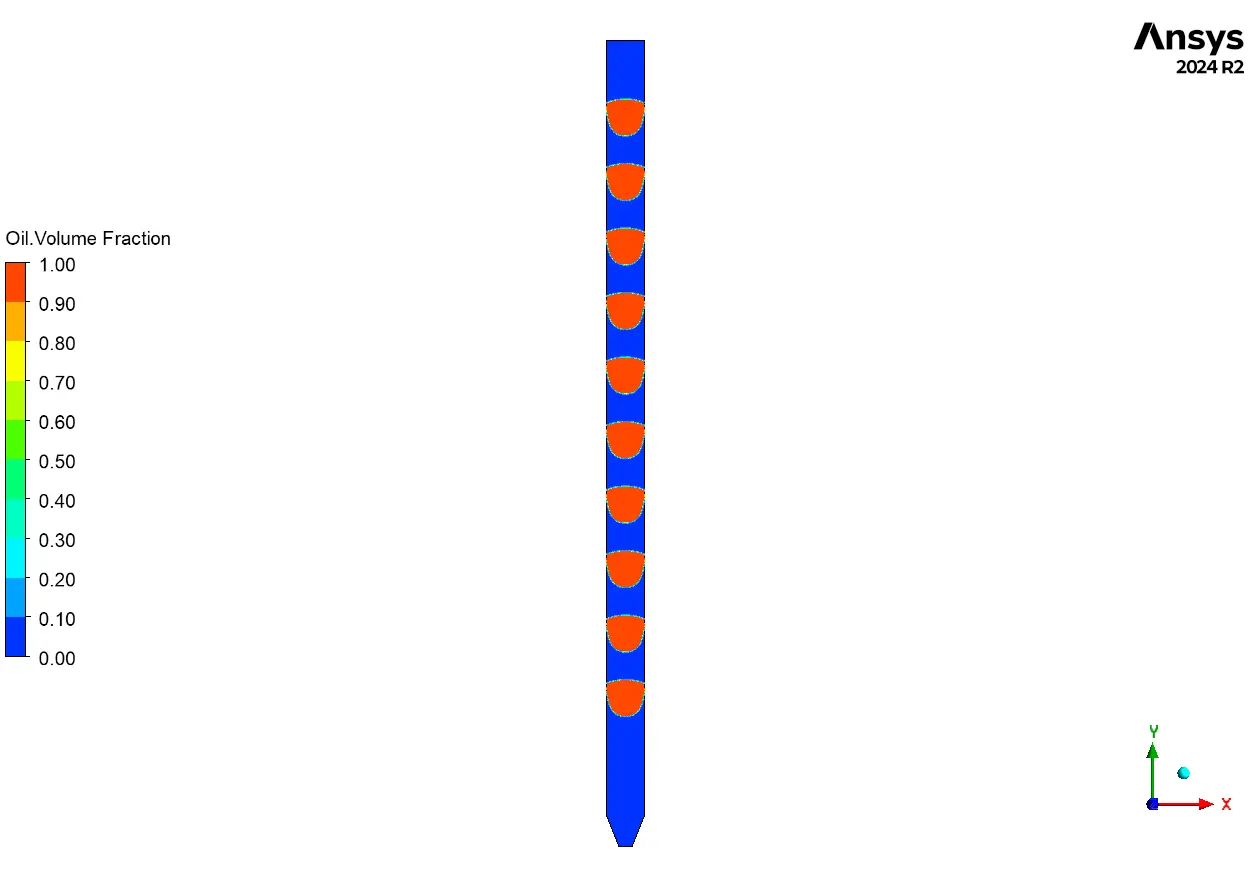
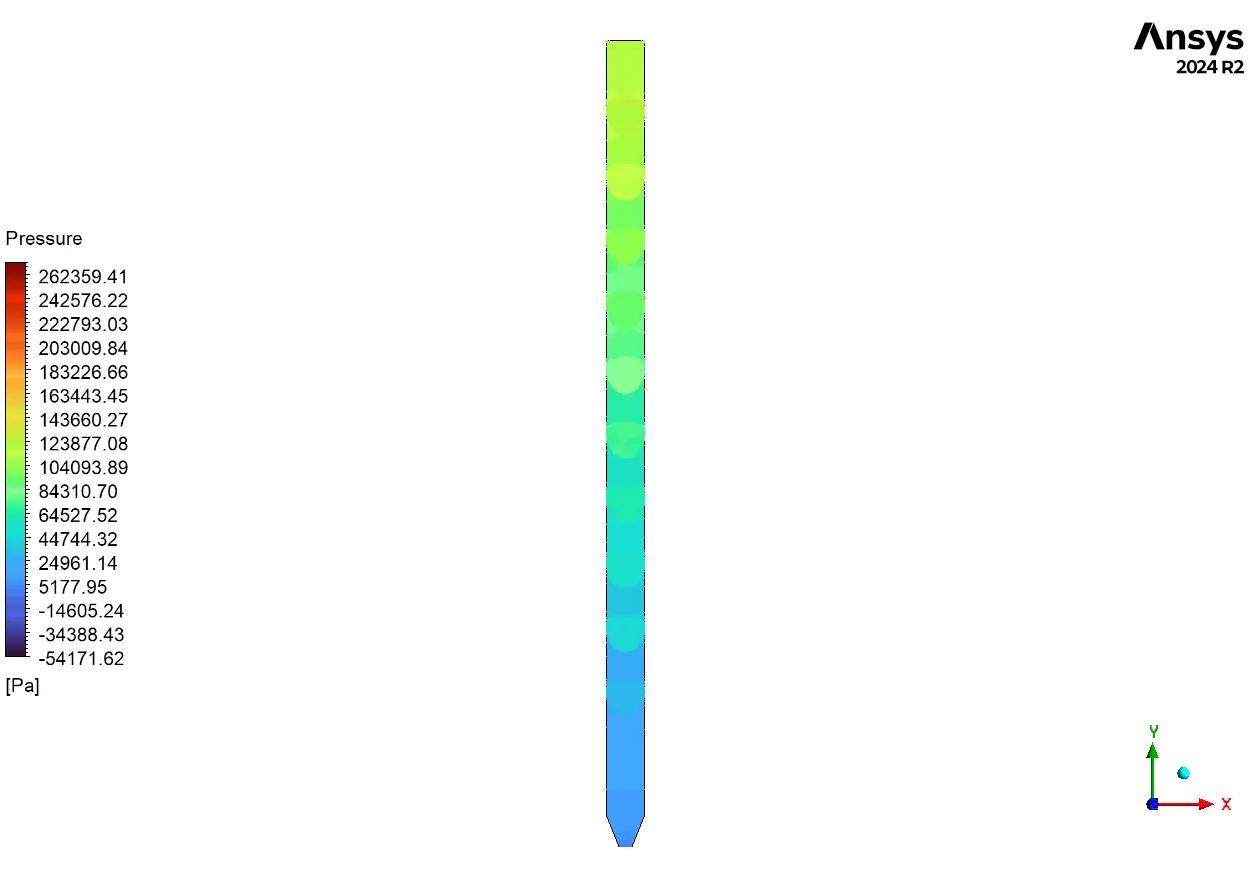
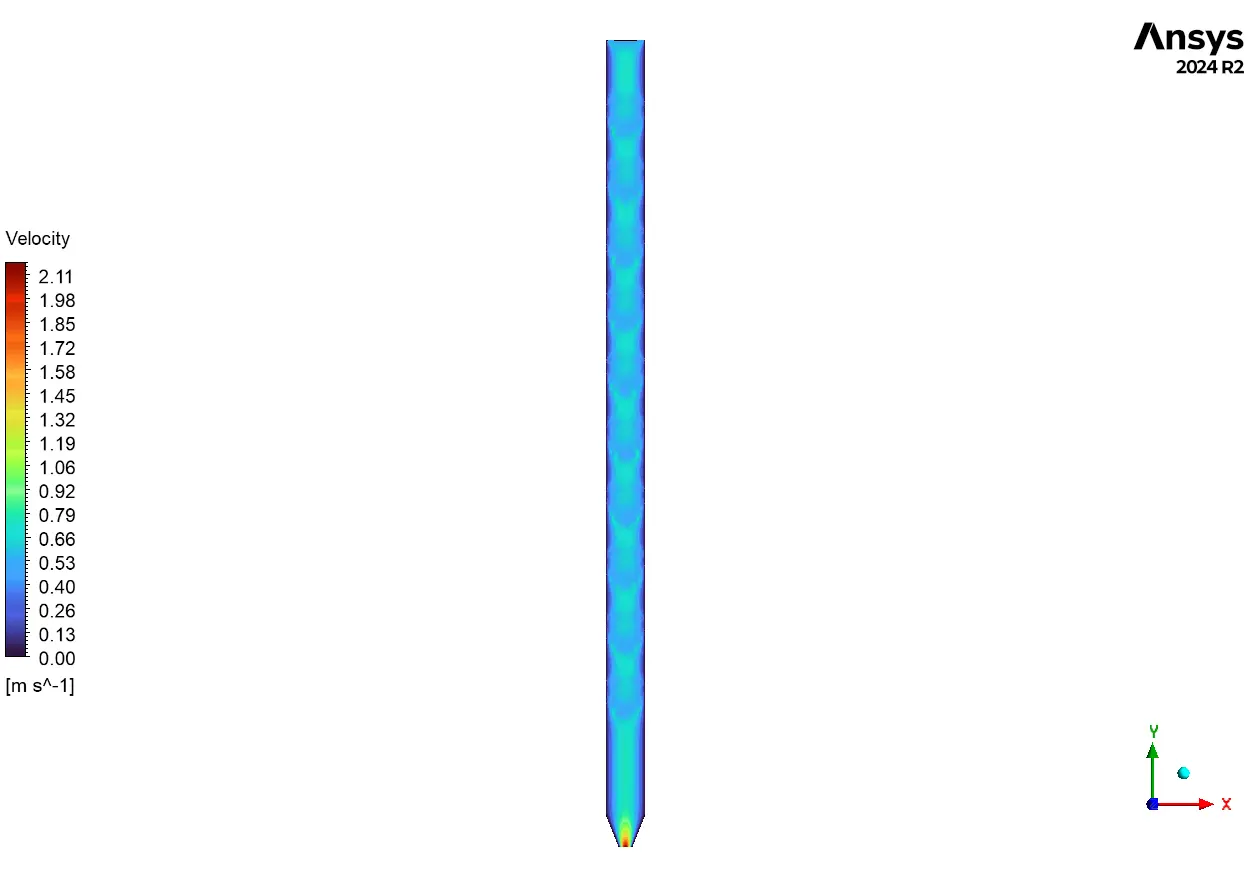
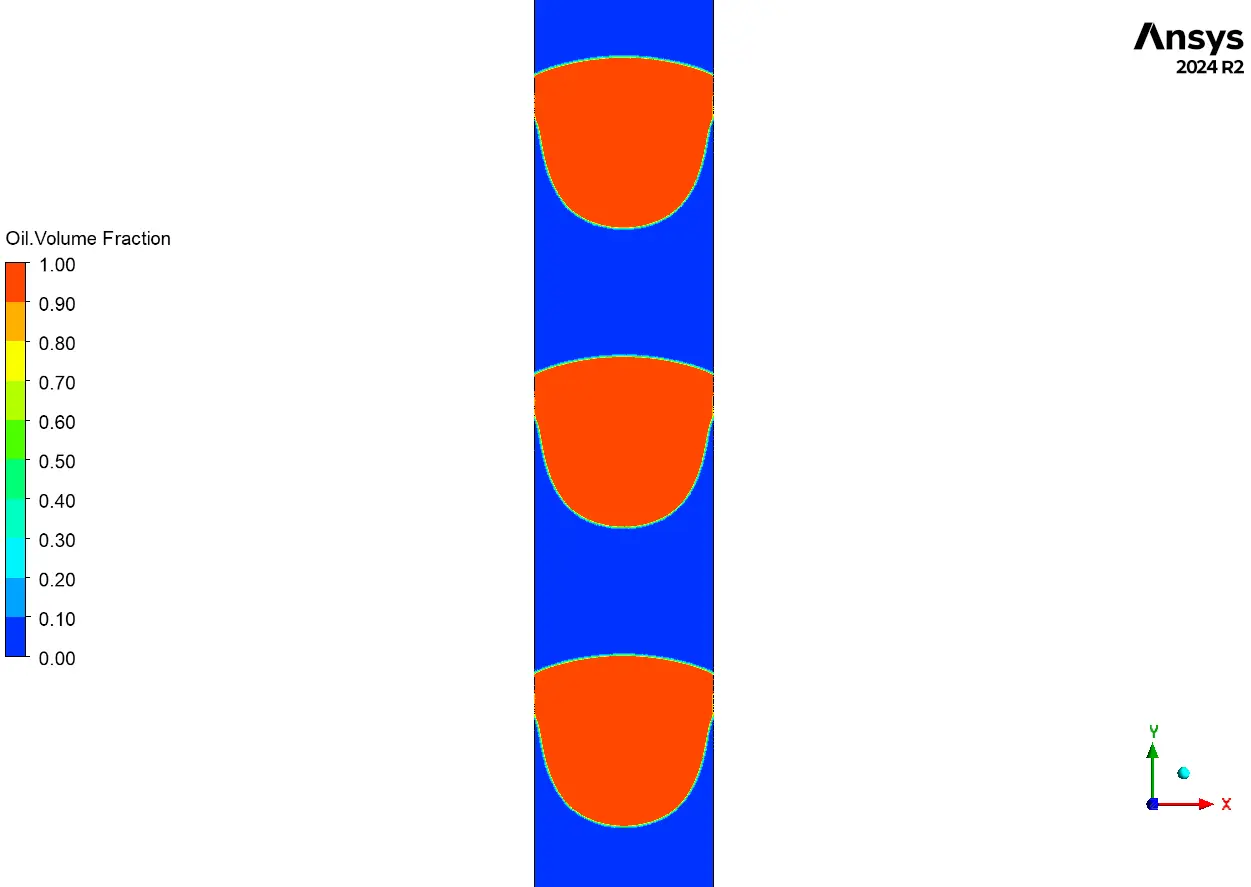





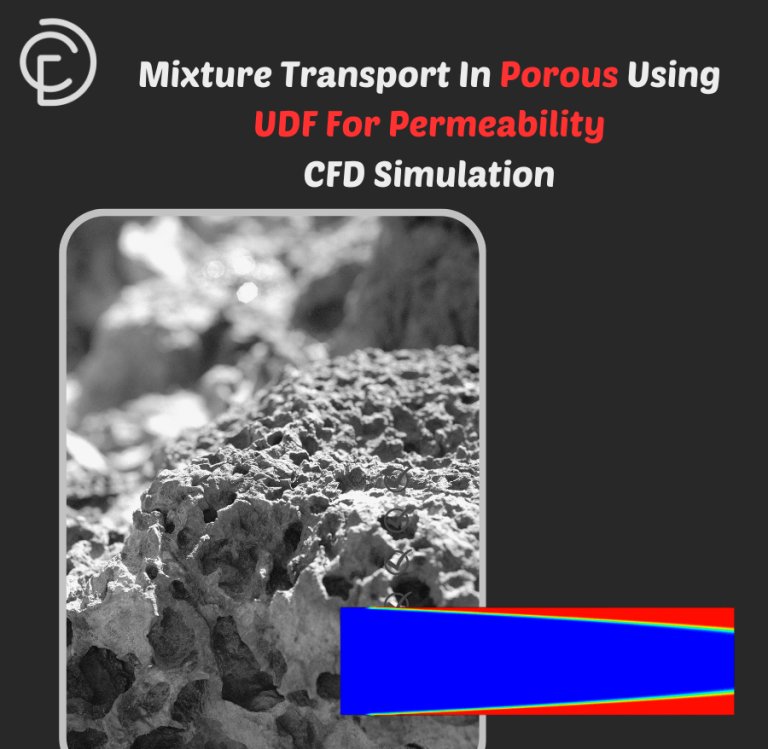
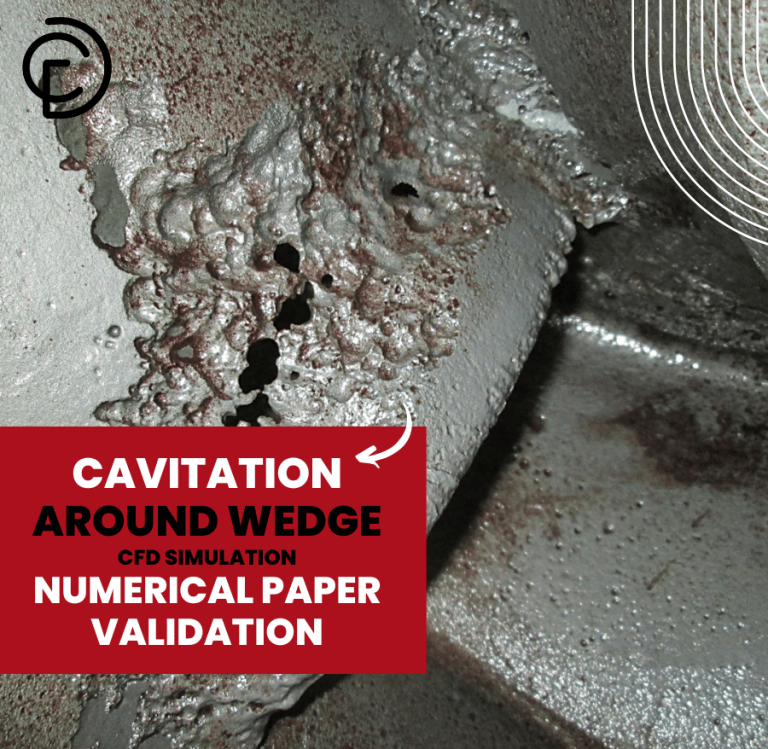
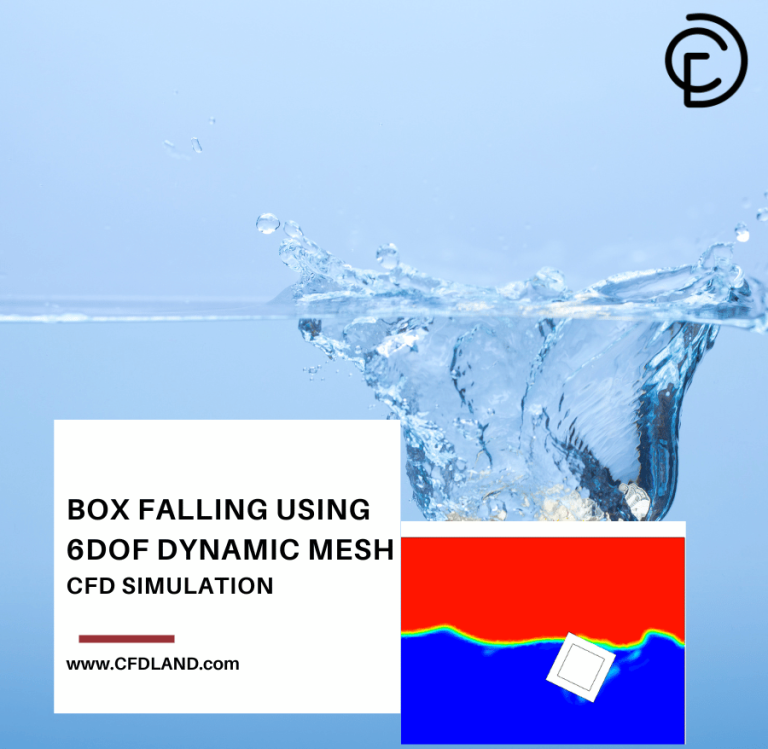

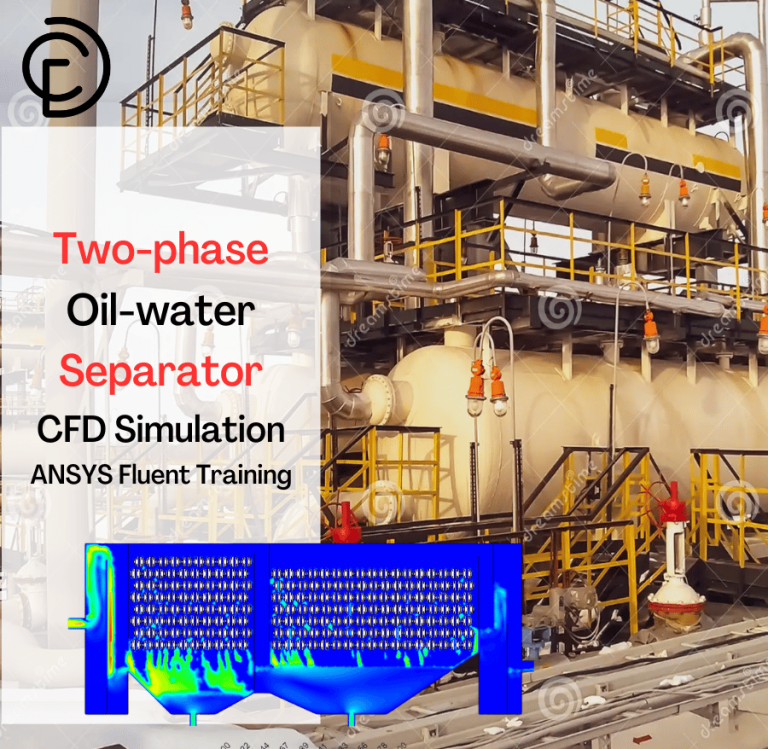
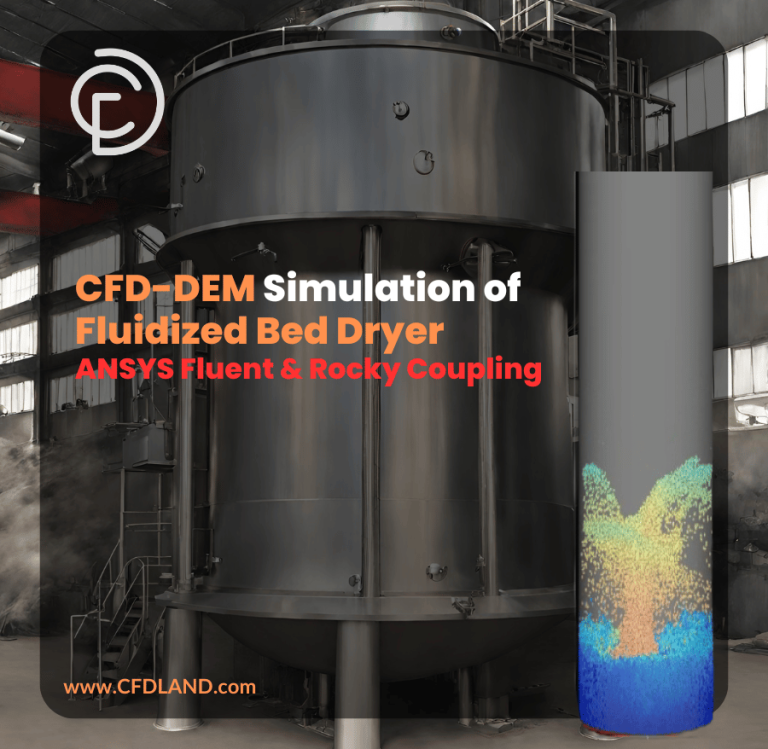
Reviews
There are no reviews yet.